Your search 'Patination pigments' did not match any products.
Showing results using some of your search terms 'Patination pigments'
Search results for 'pigments'
-
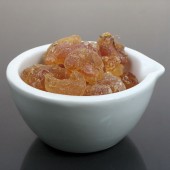
Gum Arabic
Starting at: £6.30
-
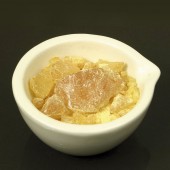
Colophony
Starting at: £7.30
-
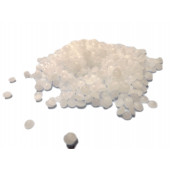
Microcrystalline Wax
Starting at: £8.50
-
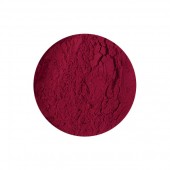
Quinacridone Magenta Pigment
Starting at: £5.50
-
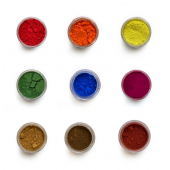
Small, 15ml Pigment sizes
Starting at: £4.00
-

Synthetic Malachite Pigment
Starting at: £4.20
-
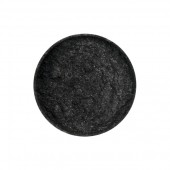
Carbon Black Pigment
Starting at: £10.80
-
![Roberson Glass muller, medium (7 cm) and small (5 cm) [without logo]](https://www.cornelissen.com/media/catalog/product/cache/1/small_image/170x/9df78eab33525d08d6e5fb8d27136e95/i/m/img-6584.jpg)
Roberson Glass Mullers
Starting at: £25.00
-
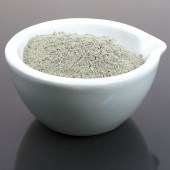
Fullers Earth
Starting at: £6.30
-
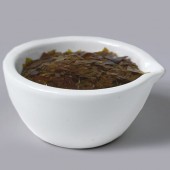
Orange Shellac
Starting at: £8.00
-
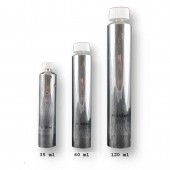
Empty Aluminium Tubes
Starting at: £1.05
-
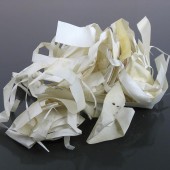
Parchment Clippings
Starting at: £9.90
-
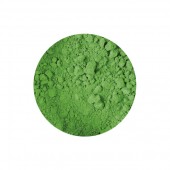
Cadmium Green Pigment
Starting at: £4.50
-
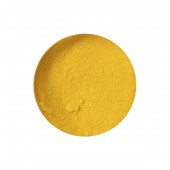
Cadmium Yellow Light Pigment
Starting at: £6.20
-
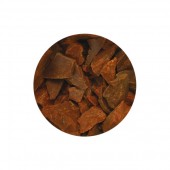
Gamboge Pipe Pieces
Starting at: £22.00
Call to Order
-

Ivory Black Genuine Pigment
Starting at: £38.00
-
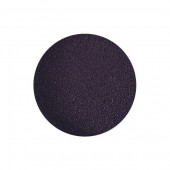
Indigo Blue Genuine Pigment
Starting at: £8.00
-
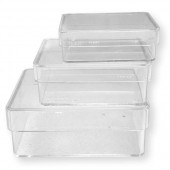
Transparent Containers
Starting at: £1.20
-
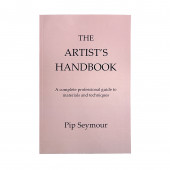
Artist's Handbook
£30.00 -

Painter's Handbook
£25.00
-
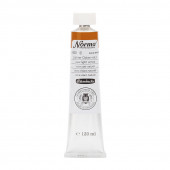
Schmincke Norma Artists' Oil 120ml
Starting at: £19.50
-
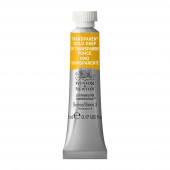
W&N Professional Watercolour 5ml Tube
Starting at: £8.25
-
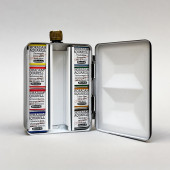
Schmincke Horadam 8 Half Pans with Water Container
£79.25 -
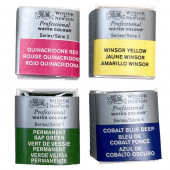
W&N Professional Watercolour Half Pan
Starting at: £7.90
-
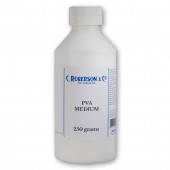
Roberson PVA
Starting at: £12.60
-
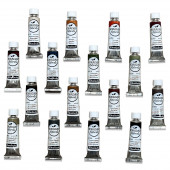
Schmincke Horadam Naturals
Starting at: £13.00
-
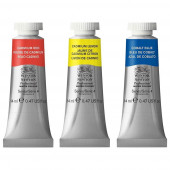
W&N Professional Watercolour 14ml Tube
Starting at: £16.00
-
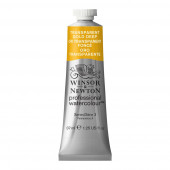
W&N Professional Watercolour 37ml Tube
Starting at: £19.20
-
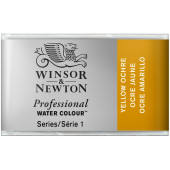
W&N Professional Watercolour Whole Pan
Starting at: £9.55
-

Schmincke Supergranulating Watercolours Half Pan
Starting at: £8.10





